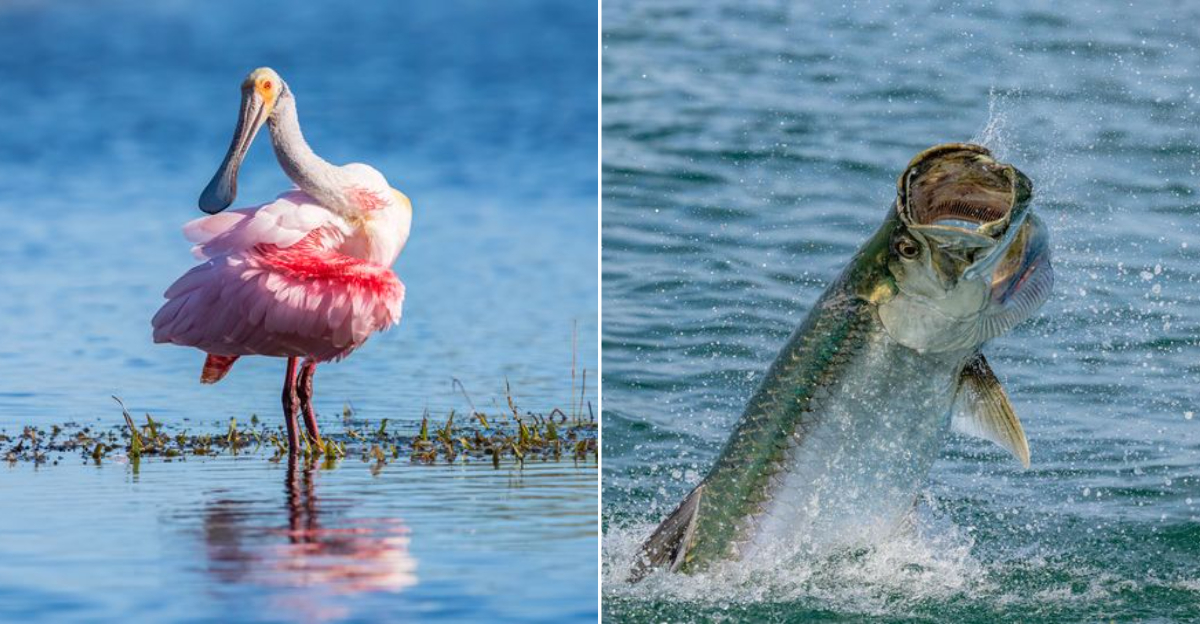Fall in Florida is a wildlife lover’s dream.
As temperatures drop, animals kick into high gear: migrating, feeding, and moving across the landscape. Watch for soaring birds, playful dolphins, and elusive deer.
The coast buzzes with activity: sea turtles nesting, whales passing by, and schools of fish darting through the water. Inland, forests come alive with foxes, raccoons, and migrating songbirds.
This season offers incredible chances to spot rare and spectacular wildlife moments. Don’t miss out. Grab your camera and explore Florida’s fall wilderness. Nature’s show is happening now, and it’s unforgettable!
West Indian Manatees
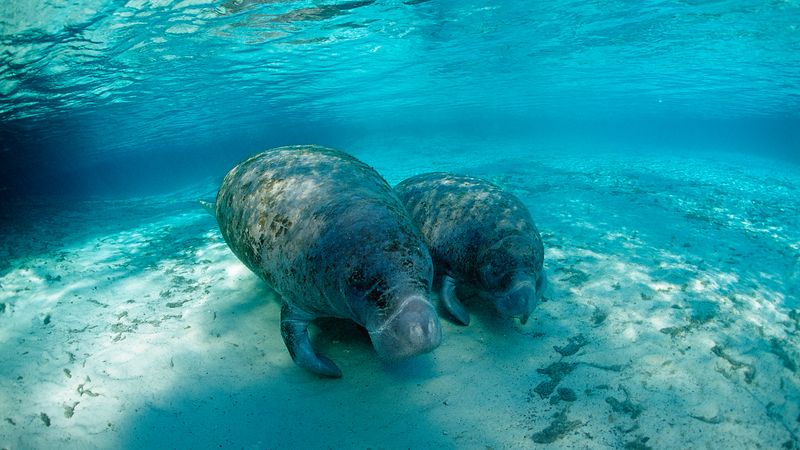
These enormous sea cows gather in Florida’s warm springs and rivers as temperatures drop elsewhere.
Last October, I watched in awe as a mother and calf glided beneath my kayak in Crystal River.
Manatees can weigh up to 1,200 pounds yet move with ballet-like grace underwater. Their whiskered faces and curious nature make them endearing to watch.
During fall, they begin congregating near warm water sources before winter’s chill arrives. Despite their size, these vegetarians are completely harmless and protected by strict conservation laws.
Peregrine Falcon
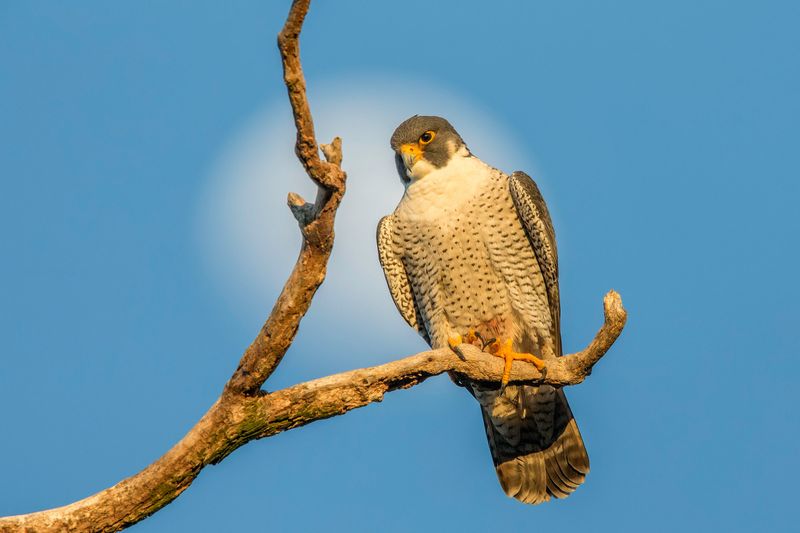
Fall migration brings these aerial hunters to Florida in impressive numbers.
Peregrines have slate-gray backs, barred white underparts, and distinctive ‘mustache’ markings. They arrive from northern breeding grounds to enjoy Florida’s abundant prey during cooler months.
These magnificent birds nearly vanished due to DDT poisoning but have made a remarkable comeback.
Look for them perched on tall buildings in coastal cities or hunting shorebirds along beaches.
American White Pelicans
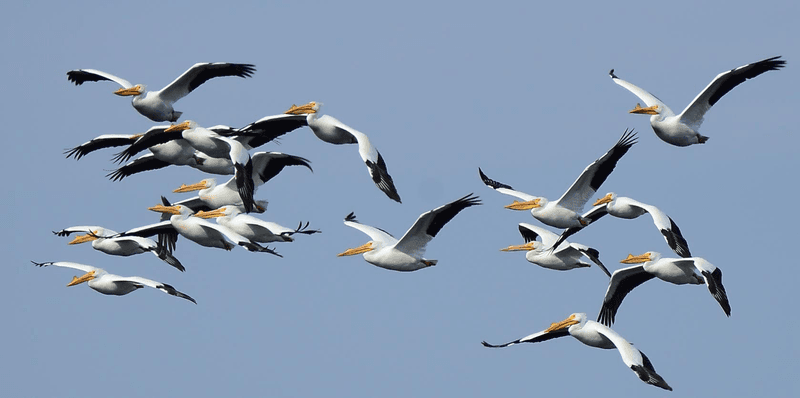
Nothing signals Florida’s fall quite like the arrival of these massive birds with nine-foot wingspans!
Unlike their brown cousins who dive for fish, white pelicans work together in synchronized swimming formations to herd fish into shallow waters.
My favorite memory? Watching a squadron of twenty pelicans feeding together on Lake Okeechobee, their brilliant white feathers glowing in the golden autumn light.
They migrate from northern breeding grounds to Florida each fall, creating spectacular aerial displays.
Monarch Butterfly
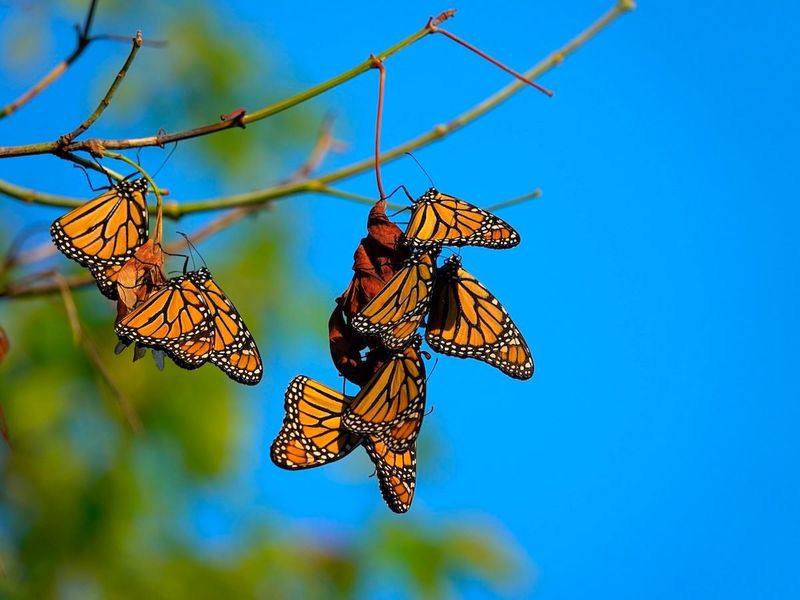
These remarkable insects travel up to 3,000 miles during their multi-generational migration. Fall in Florida offers perfect timing to witness this incredible journey.
Monarchs feed heavily on native milkweed and nectar plants before continuing south.
Their populations have declined dramatically, making each butterfly sighting more precious. Plant milkweed in your garden to create monarch rest stops!
Sea Turtle Hatchlings
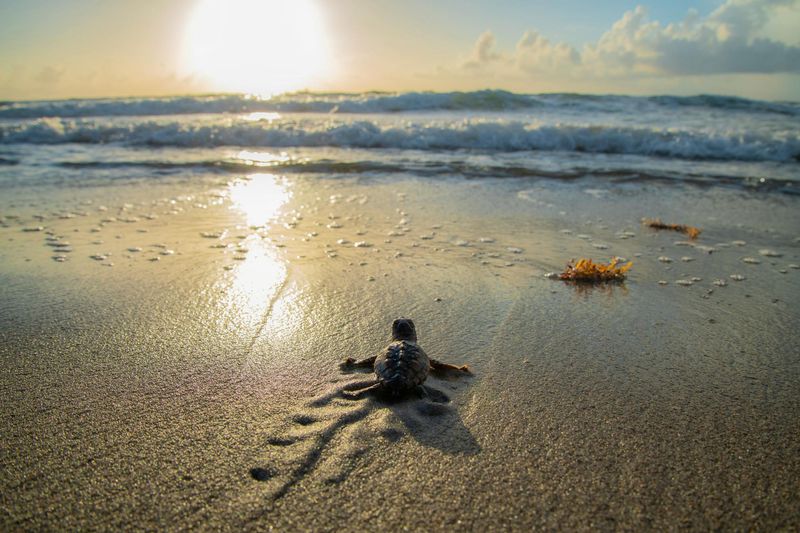
Watching these silver-dollar sized creatures determinedly push through sand under moonlight changed me forever.
After incubating for about two months, baby loggerheads, greens, and leatherbacks emerge from nests along Florida’s coastline. Only about one in 1,000 survives to adulthood.
Volunteers patrol beaches to protect nests and guide disoriented hatchlings.
If you’re lucky enough to witness a hatching (from a respectful distance), you’ll never forget the experience of seeing these ancient mariners begin their ocean journey.
Horseshoe Crabs
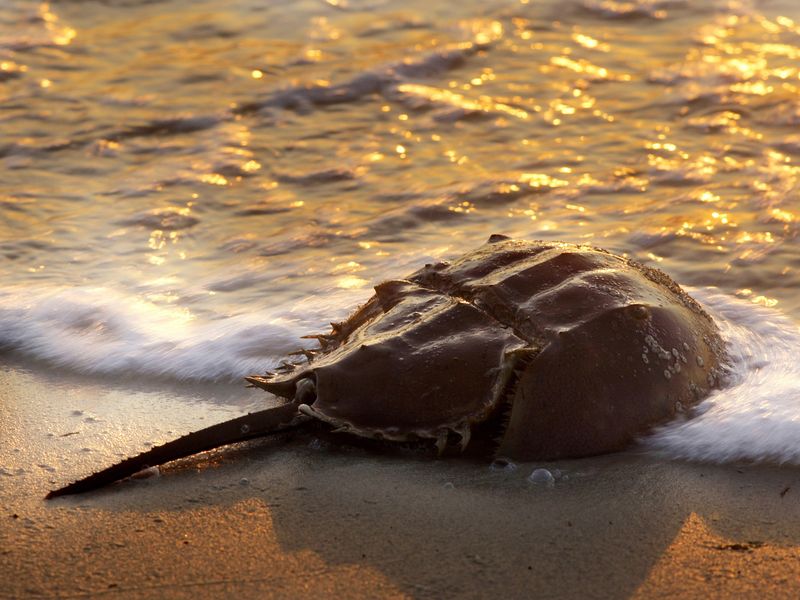
These prehistoric-looking creatures have remained virtually unchanged for 450 million years. In fact, they were here before dinosaurs!
Despite their name and armored appearance, horseshoe crabs aren’t actually crabs at all. They’re more closely related to spiders and scorpions.
I’ll never forget finding dozens gathered along Sanibel Island during a fall evening beach walk. Their blue blood is incredibly valuable to medical science for detecting bacterial contamination.
Though intimidating at first glance with their spiked tails, these gentle creatures are completely harmless to humans.
Roseate Spoonbills
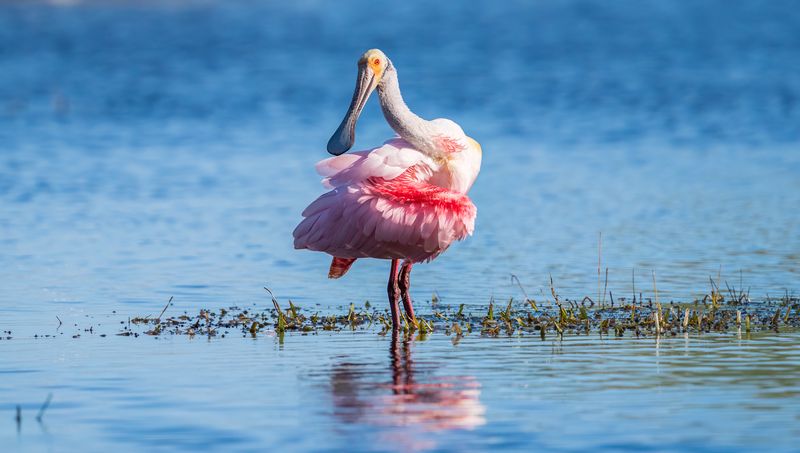
Often mistaken for flamingos, these stunning pink birds are actually easier to spot during Florida’s fall months.
The pink color comes from their diet of crustaceans containing carotenoid pigments. Juveniles are paler, gradually developing their rosy hue as they mature.
Fall’s lower water levels concentrate fish in smaller pools, creating perfect feeding conditions for spoonbills. Look for these magnificent birds wading in shallow wetlands or nesting in mangrove islands along Florida’s coasts.
American Alligators

Fall’s mild temperatures create perfect conditions for alligator watching in Florida.
My closest encounter? Kayaking past a massive 12-footer lounging on a Myakka River bank. Though intimidating, alligators typically avoid humans unless provoked or fed (which is illegal and dangerous).
Breeding season has passed, but fall brings spectacular gatherings at places like Paynes Prairie and Myakka River State Park.
The low, rumbling bellows of male alligators can be heard for miles.
Tarpon

Massive tarpon, the “silver kings” of sportfishing, roll and splash as they gorge themselves on schools of fleeing mullet.
These ancient fish have remained unchanged for 100 million years, with plate-like scales that flash like mirrors underwater.
Though technically gamefish, many anglers practice catch-and-release to preserve populations. The fall mullet run creates prime opportunities to witness these magnificent creatures in action along both Florida coasts, especially near inlets and passes.
Snook
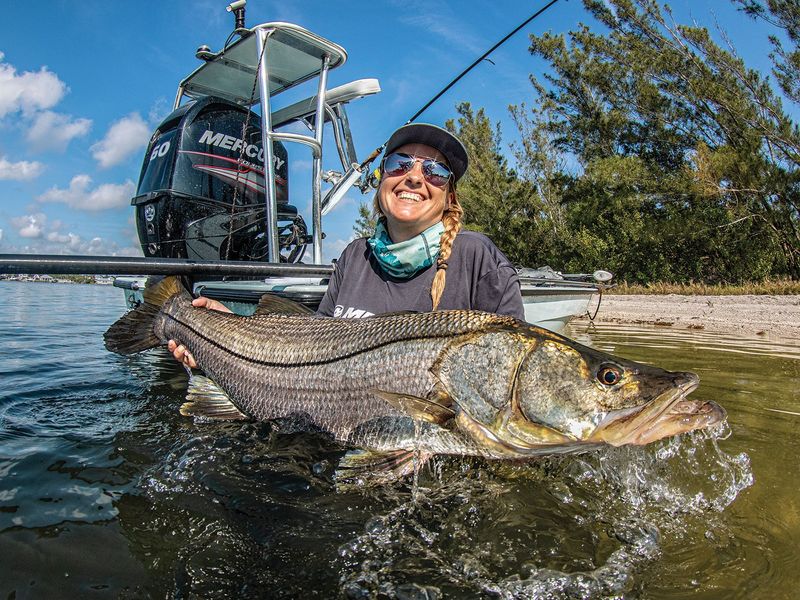
Fall’s mullet run turns Florida’s snook into feeding machines! These distinctive fish with their protruding lower jaw and bold black lateral line are masters of ambush.
Their hunting strategy involves waiting motionlessly until prey approaches, then striking with lightning speed.
Snook are temperature-sensitive, making fall the perfect time to observe them before winter pushes them into deeper, warmer waters. Listen for loud splashes near mangrove shorelines, bridge pilings, and inlet jetties, signs that snook are enjoying fall’s bounty.
Crevalle Jack
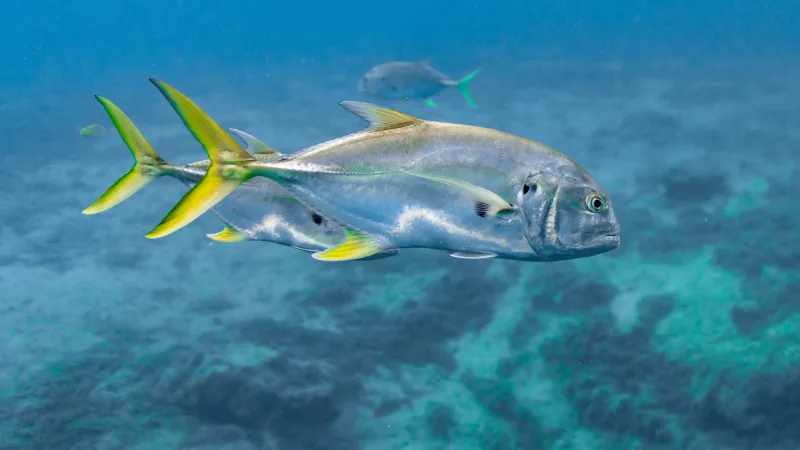
Fall’s mullet migration brings spectacular displays of feeding jack crevalle to Florida waters. These muscular predators work in coordinated packs, herding mullet schools into tight “bait balls” before attacking from all directions.
The churning water surface, called “blitzes,” creates unforgettable sights. Last October, I watched from Hobe Sound Beach as jacks turned the nearshore water into a frothy cauldron of fleeing mullet and slashing predators.
These powerful fish can weigh over 30 pounds and fight with incredible stamina when hooked.
Sharks
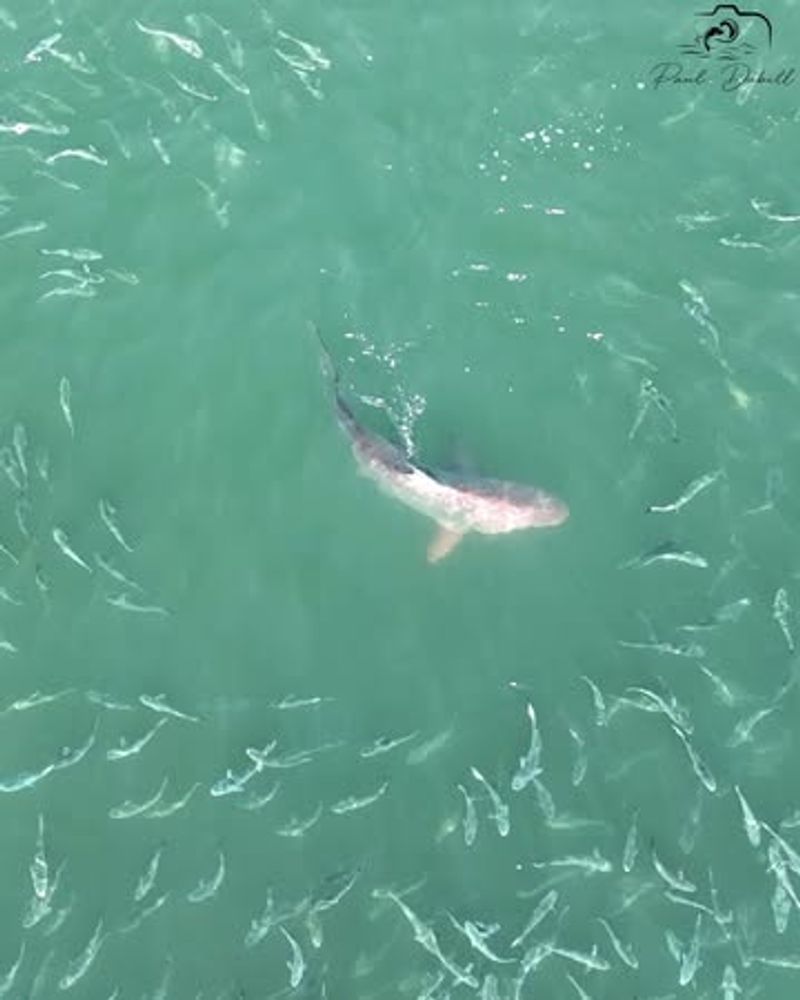
Nothing gets the heart racing like seeing a shark fin slicing through water during fall’s great mullet migration! Various shark species: blacktips, spinners, bulls, and hammerheads follow these massive baitfish schools along Florida’s coastlines.
Standing on Melbourne Beach last fall, I gasped as dozens of blacktip sharks performed aerial spins while feeding just yards from shore. Their acrobatic hunting techniques are both terrifying and mesmerizing.
Despite their fearsome reputation, these sharks focus entirely on mullet, not swimmers.
Colorful Falcon
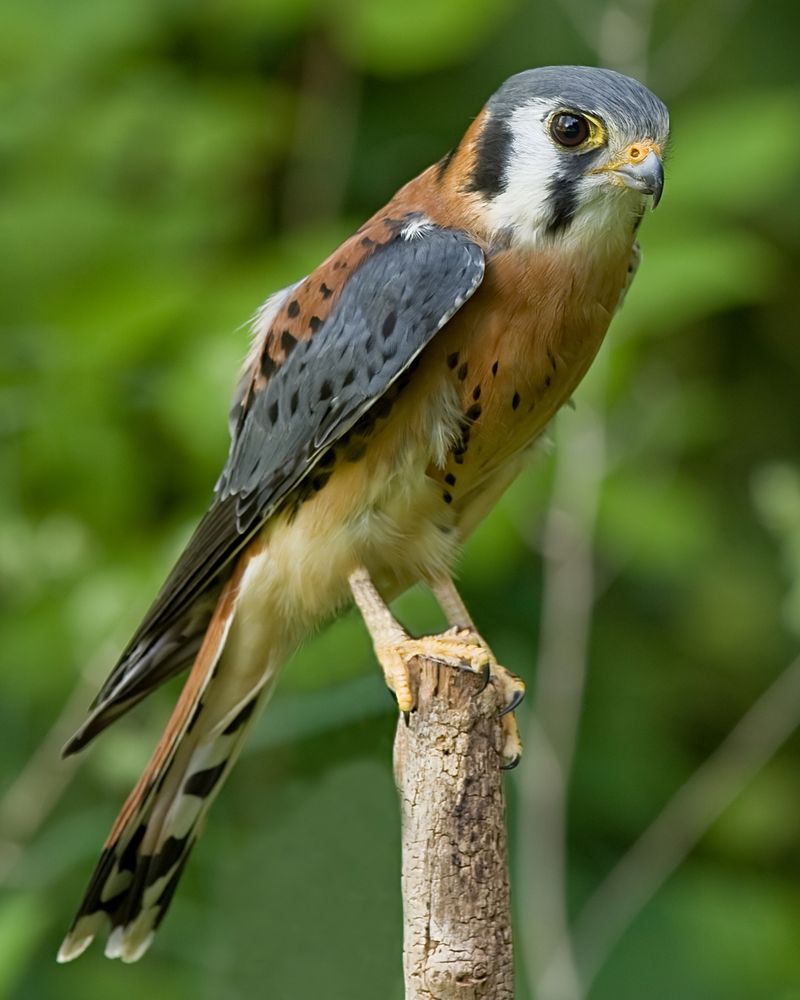
No bigger than a mourning dove, these fierce little predators pack serious attitude!
Males display striking blue-gray wings with rusty backs and tails, while females wear more subtle brown plumage.
These beautiful birds migrate from northern states to spend winter in Florida’s open countryside.
Look for them perched on roadside wires, fence posts, and dead tree branches, where they scan for insects, lizards, and small rodents with incredible eyesight.
Florida Black Bears
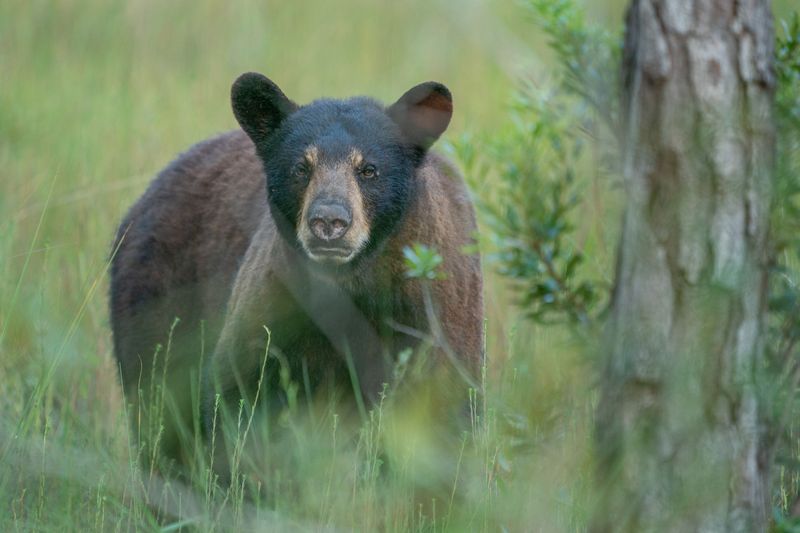
Though they don’t truly hibernate in Florida, they do enter a period of decreased activity called torpor.
During an Ocala National Forest hike last October, I found fresh bear tracks along a sandy trail, a thrilling reminder that wild Florida still exists! These magnificent mammals can weigh over 350 pounds and climb trees with surprising agility.
Autumn’s acorn drop provides critical nutrition as bears consume up to 20,000 calories daily.
Despite their size, black bears are naturally shy and avoid human contact.
